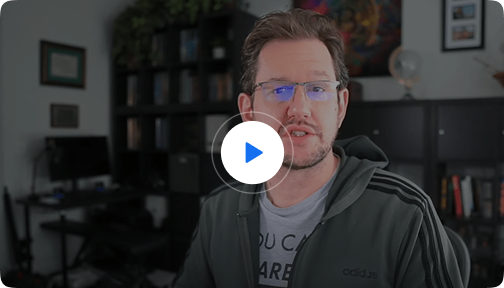Efficiently hosting multiple websites on a single server demands a strategic approach to balance performance, resource allocation, and user experience. This guide offers insights and guidelines for informed decision-making, considering factors like website type, traffic patterns, caching, resource availability, and more. Factors to Take into Account:
Website Type and Characteristics #
Different websites exhibit varying resource demands. Static sites with full-page caching require fewer resources compared to dynamic e-commerce or membership sites with intensive database functions.
Traffic Patterns For Single Server #
The volume of website traffic significantly impacts server load. High-traffic sites may require more server resources to handle user visits effectively.
Caching Capabilities #
Efficient caching reduces server load by delivering cached content. Websites with effective caching can manage higher traffic with fewer resources.
Resource Availability #
Server specifications, including CPU power, RAM, and storage, determine hosting capacity. More robust servers can handle a greater number of sites.
Codebase and Plugins #
Resource-heavy plugins or themes can strain server performance. Evaluate codebase and plugin resource requirements when determining hosting density.
User Experience and Performance #
Prioritizing user satisfaction and site performance is crucial to avoid slow loading times and subpar experiences.
Best Practices #
We strongly recommend distributing sites across multiple servers and this is the best practice. If something goes otherwise in your server then your all sites are not down. It is recommended not to host more than 15 sites in an instance.
Hosting Fully Cached Brochure Websites #
These are static sites with fully cached pages.
**Recommended Configuration:**
– Host up to 10 simple websites on a 2GB RAM / 1 shared CPU server.
– Alternatively, consider hosting 10-15 simple websites on a 2 CPU 4GB RAM server for improved performance.
– Distribute sites across multiple servers to mitigate risks during server downtime.
Hosting Dynamic Websites #
These are sites with varying resource demands due to traffic and codebase.
**Guidelines:**
– Allocate dedicated resources for optimal performance.
– For low-traffic dynamic sites with similar demands, consider sharing 2-4 CPU servers.
Dynamic sites with cache bypassing traffic may require dedicated resources. Low-traffic dynamic sites can share 2-4 CPU servers.
Choosing the Right Server Size #
Selecting an appropriate server size is essential for optimal performance. Consider these factors:
– Amount of traffic served from the page cache.
– Peak traffic levels.
– Usage of external databases.
– Database and media library sizes.
To ensure scalability, opt for a slightly larger server with extra capacity. For example, choose a 2GB RAM server for a WordPress site.
– Smaller sites can share a single server if using page caching (around 10 sites on a 2GB RAM / 1 shared CPU server).
– For complex sites, especially high-traffic or dynamic ones, a dedicated, larger server is advisable.
– Page caching can efficiently handle significant traffic with minimal resources.
Shared CPU vs. Dedicated CPU #
Consider the server type based on your needs:
– Shared CPU: Suitable for staging/testing sites and low-consequence production sites. Minor delays during CPU sharing may occur.
– Dedicated CPU: Ideal for critical production sites with limited page caching, especially those using heavy plugins like WooCommerce.
While shared CPU servers are cost-effective, dedicated CPU servers offer enhanced performance, particularly for response times.
Monitoring and Server Upgrades #
Regularly monitor server resources using provided tools or SSH if needed. Maintain memory usage below 60% to accommodate traffic spikes. Consistent high CPU or memory usage may signal the need for an upgrade.
Server Snapshots and Backups #
Leverage server provider snapshots for data backups, providing essential insurance for your business. Typically, this adds around 20% to the base price.
Recommendations #
To sum up, These are the minimum configurations xCloud suggest you begin with. Later you can always upgrade your server plan as you grow.
| Scenario | Site Type | Server Configuration | Recommended Sites |
| Low Traffic + Fully Cached | Brochure Sites | 2GB RAM / 1 shared CPU | 10 sites |
| High Traffic + Fully Cached | Brochure Sites (Fully Cached) | 4GB RAM / 2 CPU | 10-15 sites |
| Low Traffic + No cache | Dynamic Sites (e.g., WooCommerce, LMS) | 2GB RAM / 1 shared CPU | 1 Site |
| Moderate Traffic + No cache | Dynamic Sites (e.g., WooCommerce, LMS) | 4GB RAM / 2 CPU | 1 Site |
**Recommended Server Configuration:**
1. It is advised to allocate a minimum of 2GB of RAM to ensure optimal performance for hosting a WordPress website on xCloud’s technology infrastructure.
2. Consider selecting a plan priced between $40 to $48 per month, offering around 4 virtual CPUs and 8GB of RAM.
3. It is recommended not to host more than 15 sites on a single instance.






